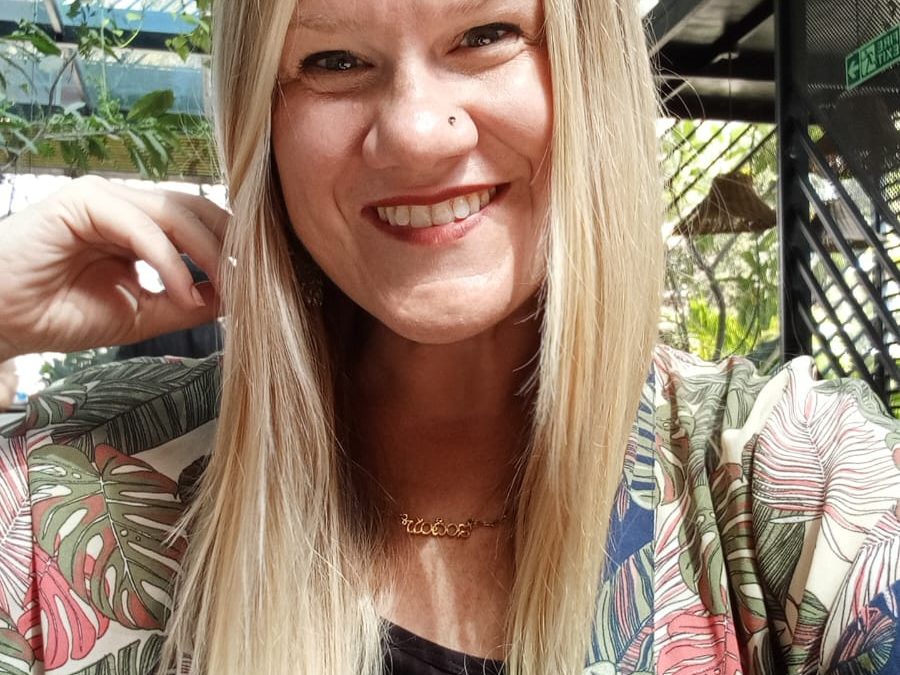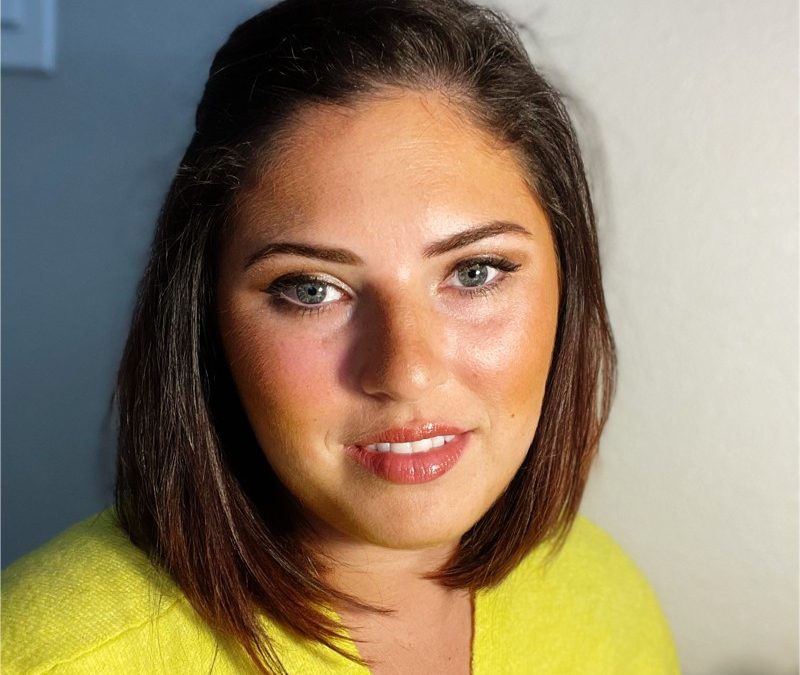AATA Blog

Featured Member: Lidice Cohen
“What excites me about my work is witnessing the profound, non-verbal power of art therapy across various populations, including those who are grieving, incarcerated youth, and individuals recovering from addiction. Art therapy enables the expression of emotions that might be too overwhelming or painful to verbalize, and it teaches new coping strategies and methods to manage stress, anger, and frustration.”

Featured Member: Cui Jing
“Studying art therapy has been a life-changing experience. In my 40s, I finally found myself like “a bird in the sky.” Every day is fulfilling and rewarding. I am excited to devote myself to art therapy for the rest of my life.”

Featured Member: Alison Kearley
“I would love to see art therapists united in purpose and vision in our field across the world. Additionally, I would love to see increased quality research, more advocates for art therapy, and for our next generation of art therapists to lead the way in these efforts.”

Featured Member: Jen Alward
“I love seeing relief and clarity come to my clients’ faces, bodies, and thoughts when they give art a chance. I get energized talking with other professionals about how they can incorporate art with their clients to create new insights and breakthroughs.
At this point in my life I value the ripple effect more and more and want to empower others to do what I do so more people can experience the healing power of art. That is why in my own business I’m focusing on books, courses, and professional consultation.”

Featured Member: Gaby Espinoza
“My suggestion would be to trust the process and yourself. Everyone goes through (and will continue to no matter how experienced they are) imposter syndrome. Find your Art Therapy community and people. These are important people where you can uplift and support each other.”

Featured Member: Patricia St. John
“Clients will tell you their story through their artwork. Gather their messages. Make no assumptions.”

My Favorite Response When Talking to Lawmakers: “Yes, I Still Support Art Therapy Licensure!”
By Briana Colton MA, ATR-BC, LPCC
On March 4th, Minnesota art therapists visited the State Capital in St. Paul, marking our third annual Day on the Hill event aimed at increasing visibility and awareness of art therapy and advocating for state art therapy licensure. This year’s event was smaller and more focused than 2024, due in large part to the delayed start to the Minnesota House of Representatives’ session. Despite the delay, our community showed up in strength, and we had a wonderful day of conversations and connection with each other and our legislators!
The Evolving Role of Supervision in an Art Therapist’s Professional Journey: Insights from our 2025 Supervision Series Presenters
Many art therapists consider supervision as an integral part of their journey through the profession. It shapes the very core of their identities as art therapists. As we look forward to our 2025 Supervision Series, which will explore the developmental journey of art therapists from student to supervisor, we have invited our presenters to tell us more about their own supervision journeys.
Navigating Ethical Challenges in Art Therapy: Insights from our 2025 Ethics Series Presenters
It’s not surprising that art therapists consider ethics critical to their practice. As we look forward to our 2025 Ethics Series, which will explore everything from clinical referrals to social media and self-disclosure, we have asked our presenters about how these topics have affected them.

Featured Member: Jocelyn Patterson
“Don’t limit yourself to any visions or examples of art therapists you’ve seen. There needs to be many different types of therapists in order to ensure there’s a fit for the many different types of clients out there.”
